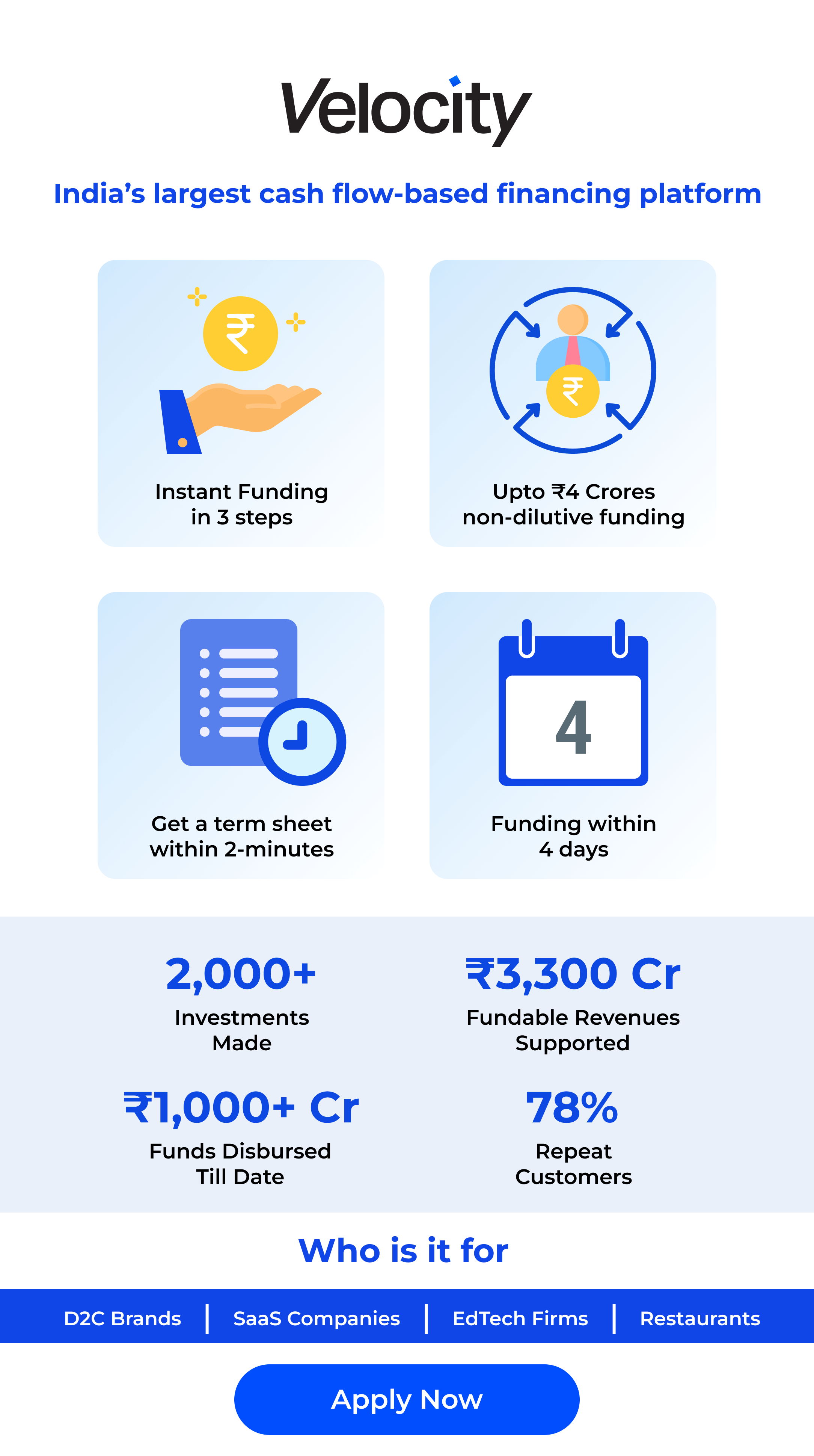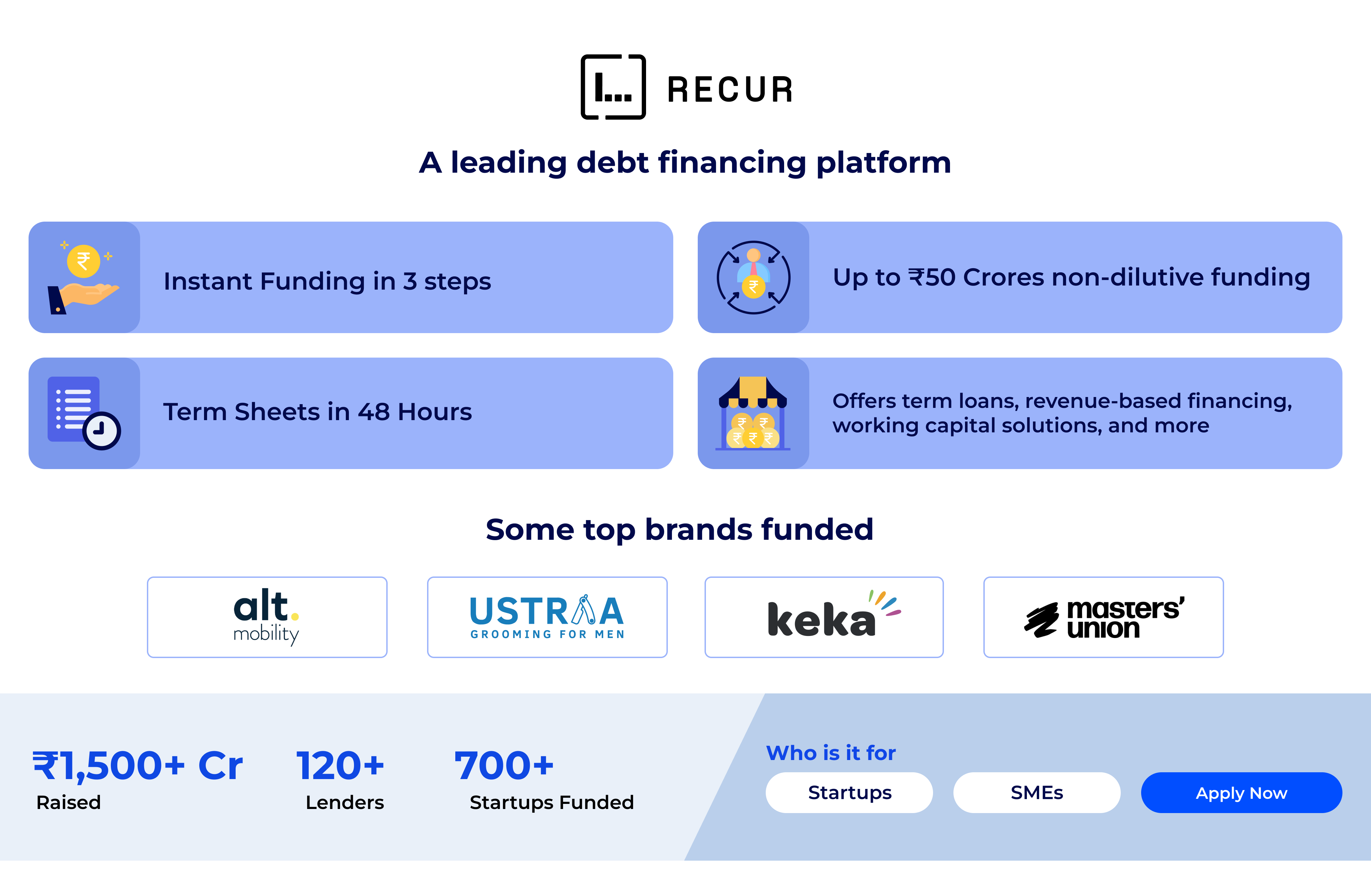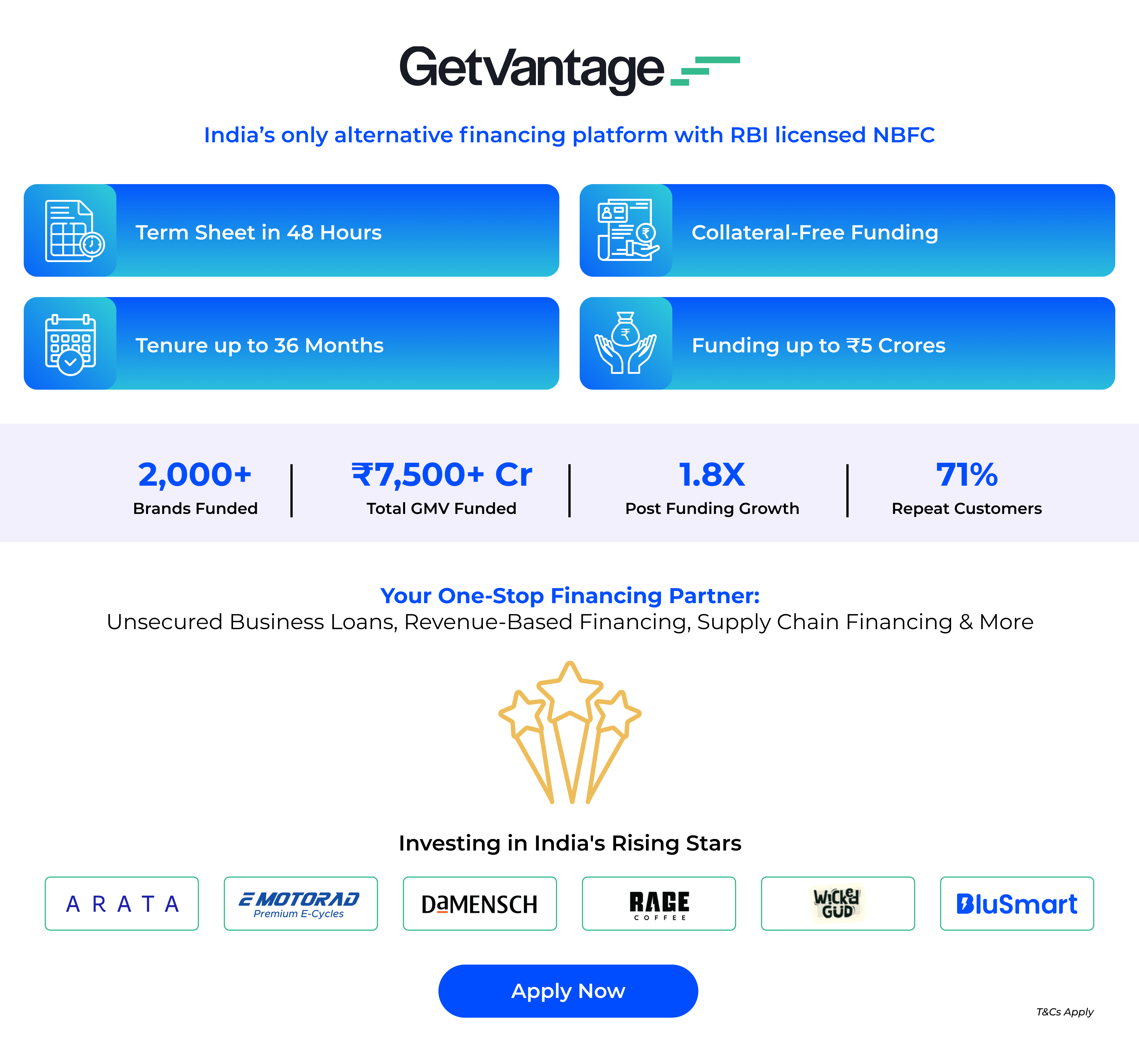Planning Pays Off: 5 Strategies to Get the Most Out of Your Delivery Speed Choice
September 30, 2025
5 min read
What is RTO, and how to minimise it for your business
What if you got a big order, you packed it, handed it over to your shipping partner, and waited for that “delivered” notification, but got “your order has been in the process of return” instead?
Frustrating, right?
This is exactly what happens with RTO in logistics, i.e., return to origin. It’s the biggest challenge that every online business faces, which adversely affects profits, inventory flow, and customer trust.
So, what can you do?
With the right RTO management solutions, businesses can benefit by reducing these returns and ensuring more orders reach to their customers.

What is RTO in logistics?
In simple terms, RTO in logistics happens when a particular shipment fails to reach the customer and instead is returned to the original business owner.
This all leads to lost revenue, extra shipping charges, and delayed inventory.
The common reasons that lead to these returns are:
-Cash on delivery refusals
-Customers unavailable during delivery slots
-Poor communication or lack of tracking updates
-Last-minute order cancellations
-Incorrect/Incomplete addresses
Why should businesses focus on reducing RTO?
-Save on logistics costs: You don’t need to waste resources on shipping
-Improve cash flow: Inventories aren’t stuck here
-Increase customer satisfaction: With successful deliveries comes customer satisfaction
-Enable growth: Low RTO rates can free up resources for growth
Practical ways to minimise RTO in shipping
- RTO Hubs: Evaluate RTO hubs that are strategically located to allow efficient returns processing, reducing turnaround time, and improving inventory management helps in minimising RTO.
- Robust Technology: Deploy a platform that automates RTO workflows, ensuring accurate handling and faster resolution of return orders.
- Seamless RTO Management: A user-friendly dashboard is necessary that makes it easy for the management of RTO orders, providing real-time updates and analytics.
- Improved Operational Efficiency: Automation of RTO processes improves speed, enhances customer satisfaction, and minimises any further disruptions.
The Competitive Advantage of Full-Stack Logistics
- Implement advanced RTO Solutions: Every business faces challenges that are hard to tackle sometimes, especially when it comes to RTO. By implementing advanced RTO solutions such as automated NDR handling and address validation, businesses can easily prevent unnecessary returns.
- Expertise and Constant Support: Technology alone can’t handle everything; it needs skilled professionals who can guide you at every step. Professionals who guide, whether it’s analysing high-risk orders, optimising delivery routes, or providing insights to ensure RTO management is proactive, can make a healthy decision to avoid any further disruptions.
- Faster Returns Processing: When returns happen, delays in returning them can lead to an increase in costs or may block the inventories. A structured system for quick returns handling can help reduce turnaround time and keep inventory moving smoothly.
A Final Thought
RTO can be a form of disruption to businesses, which can affect their profitability, efficiency, and scalability. Every returned order can increase the logistics cost or slow down your cash flow, which can affect customer loyalty and brand identity.
With Shipyaari’s RTO management solutions, you can easily prevent them. From address validation to NDR management, real-time customer support, Shipyaari makes sure more and more shipments reach your customers.
Ready to manage your RTO and scale your business more? Sign up with Shipyaari now!
Frequently Asked Questions
RTO, or Return to Origin, occurs when a shipment fails to reach the customer and is sent back to the business. Common reasons include cash-on-delivery refusals, unavailable customers during delivery, incomplete addresses, last-minute cancellations, or poor communication.
RTO increases logistics costs, delays inventory turnover, reduces cash flow, and can negatively affect customer satisfaction and trust. High RTO rates also restrict growth by tying up resources that could be used elsewhere.
Businesses can minimise RTO by leveraging strategically located RTO hubs, robust technology platforms that automate RTO workflows, user-friendly dashboards for real-time tracking, and improved operational efficiency through automation and faster returns processing.
Shipyaari offers advanced RTO management solutions, including address validation, automated NDR handling, real-time analytics, and proactive customer support. These solutions ensure more shipments reach customers, reduce logistics costs, and improve overall customer satisfaction.
Suggested Reads
Hyperlocal Personalization: Tailoring Experiences for Local Customers
Introduction The eCommerce industry in India has witnessed a rapid growth of hyperlocal services in
Continue ReadingDec










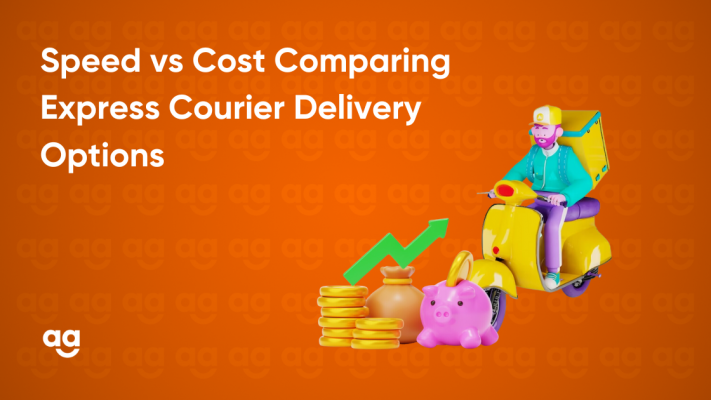

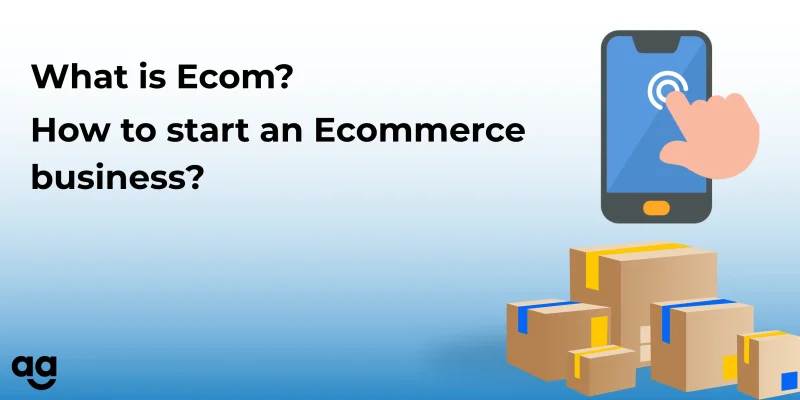

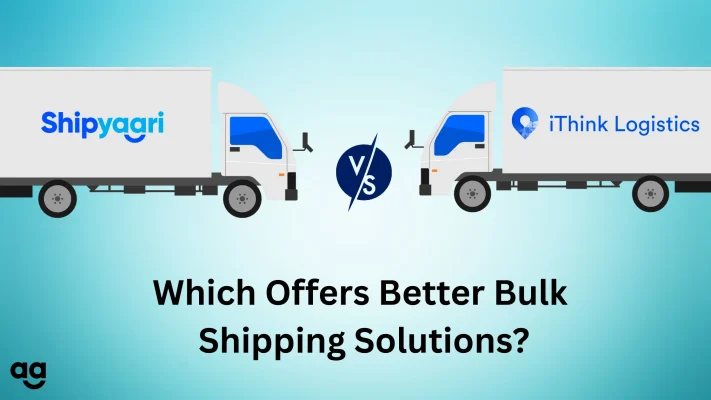

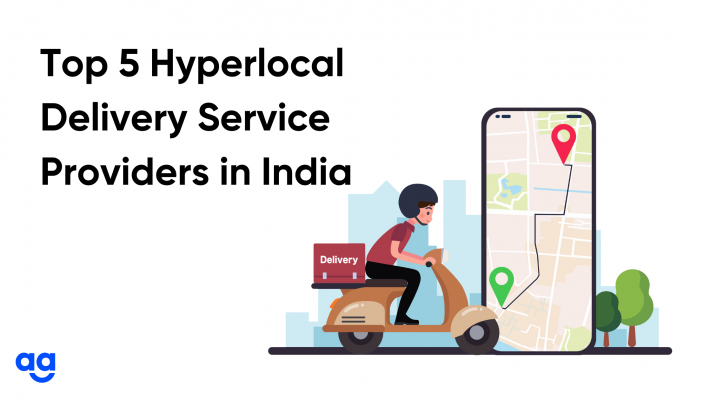
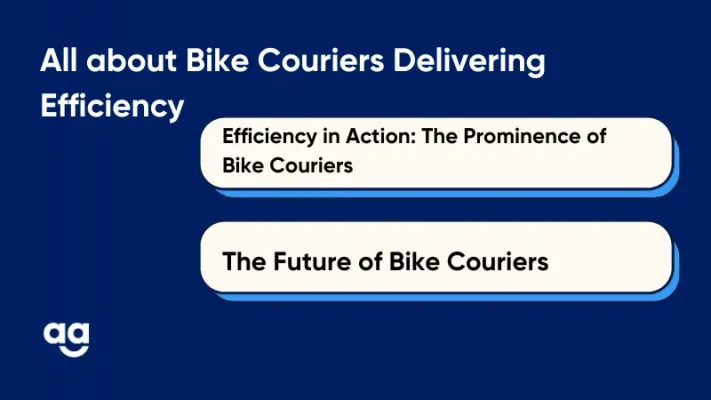
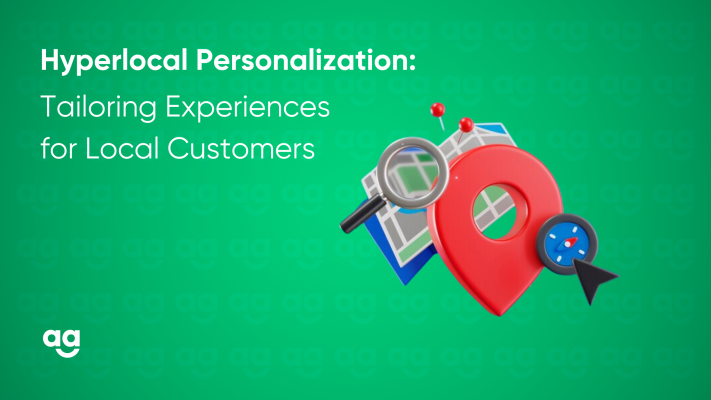
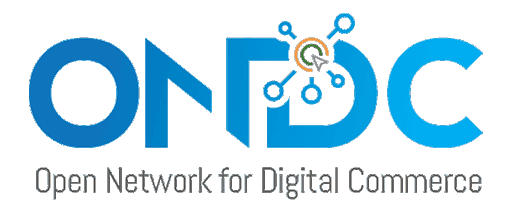 Shipping
Shipping
